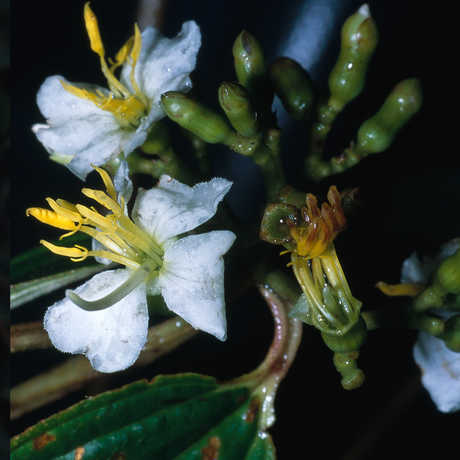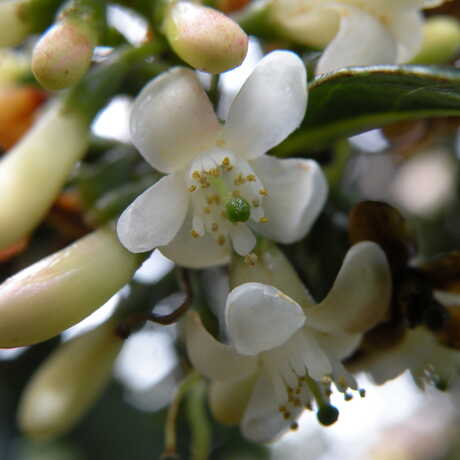Using flowering plants to address questions about plant biodiversity, biogeography, and evolution, I am interested in why some families of flowering plants are so species-rich and the factors that have promoted this diversification. Can certain families of plants be used as indicators of biodiversity hotspots and can this information be useful in conservation decisions? I am also studying species in a megadiverse family of plants like Princess Flowers (Melastomataceae) to determine how they are related to one another and where they fit into the tree of life for flowering plants.
My research has always had a strong focus on the tropics where I have organized dozens of field expeditions to Mexico, Central and South America (Venezuela, Ecuador, Colombia, and Brazil), and Madagascar. In recent years, I have been working with a team of colleagues, including chemists and anthropologists, on a drug discovery project in Madagascar where we are working with local healers and villagers to identify plants used by people and lemurs. This work is promoting the sustainable use and conservation of biodiversity in a critical developing country.
Starting in 2010, with grant support from the National Science Foundation (PBI: Miconieae grant), a good portion of my research effort at the Academy and in the field has centered on the Princess Flowers of Colombia. The collections generated from three major expeditions as of 2013 are being used to better understand melastome diversity in Colombia and the Phylogenetic relationships of the family generally with the collaboration of several colleagues (Darin Penneys, Peter Fritsch, Fabian Michelangeli, Walter Judd, Renato Goldenberg, Gilberto Ocampo, Marcela Alvear, and Humberto Mendoza).
I have also conducted several field expeditions over the last decade to Brazil to work on Melastomataceae, especially the genus Lavoisiera with my collaborating colleague, Prof. Angela B. Martins of the University of Campinas. We are in the final stages of writing a monograph of that genus.
With the collaboration of colleagues Peter W. Fritsch and Larry Kelly I have also been working on the systematics and phylogeny of Symplocos (Symplocaceae). We are currently completing a revision of the genus in Mexico and Central America.
Closer to home, I have always been heavily involved in teaching people about the plants in our local flora. In 2007, with assistance from two colleagues in the California Native Plant Society we published a new Flora of Marin County, California.


